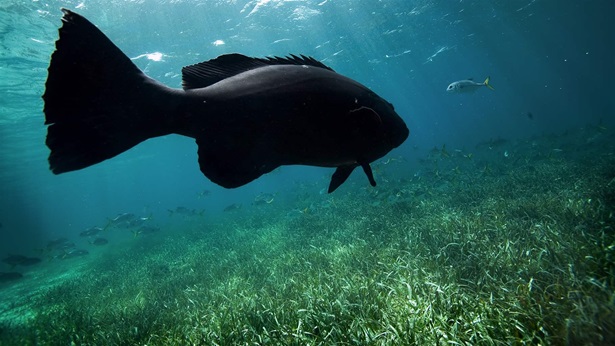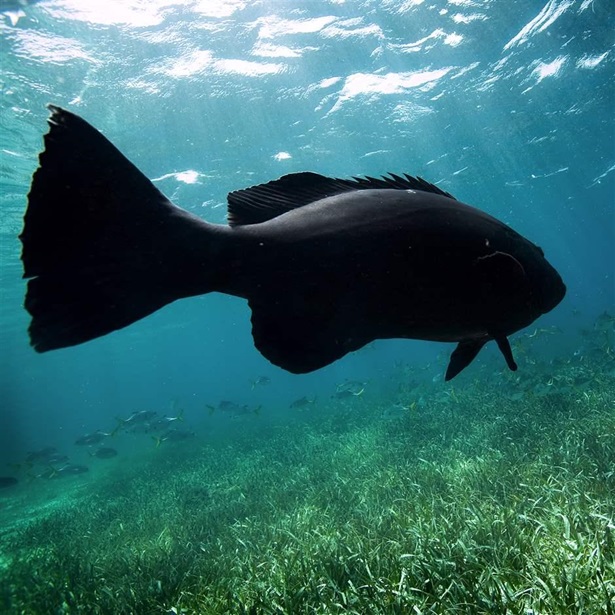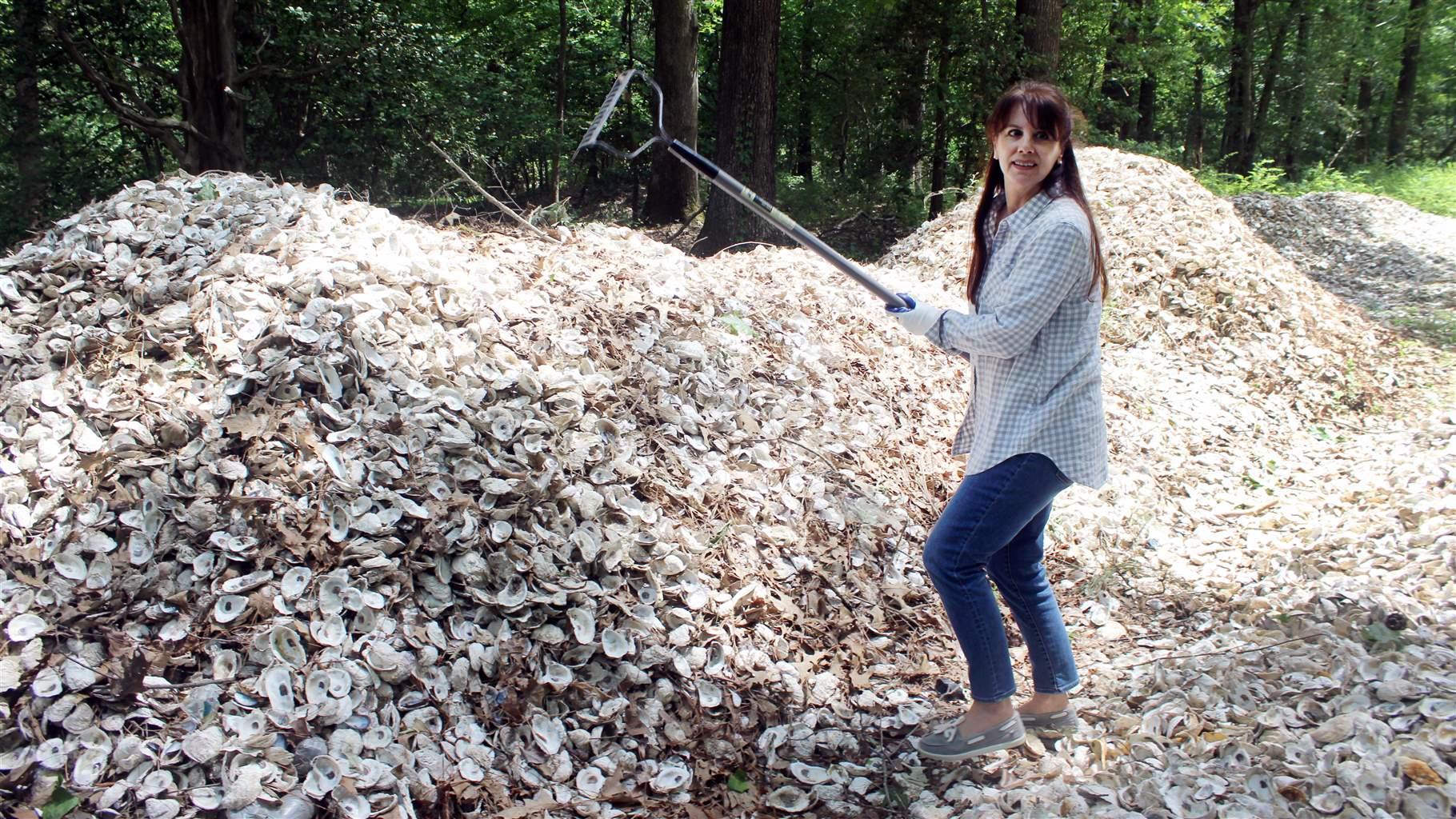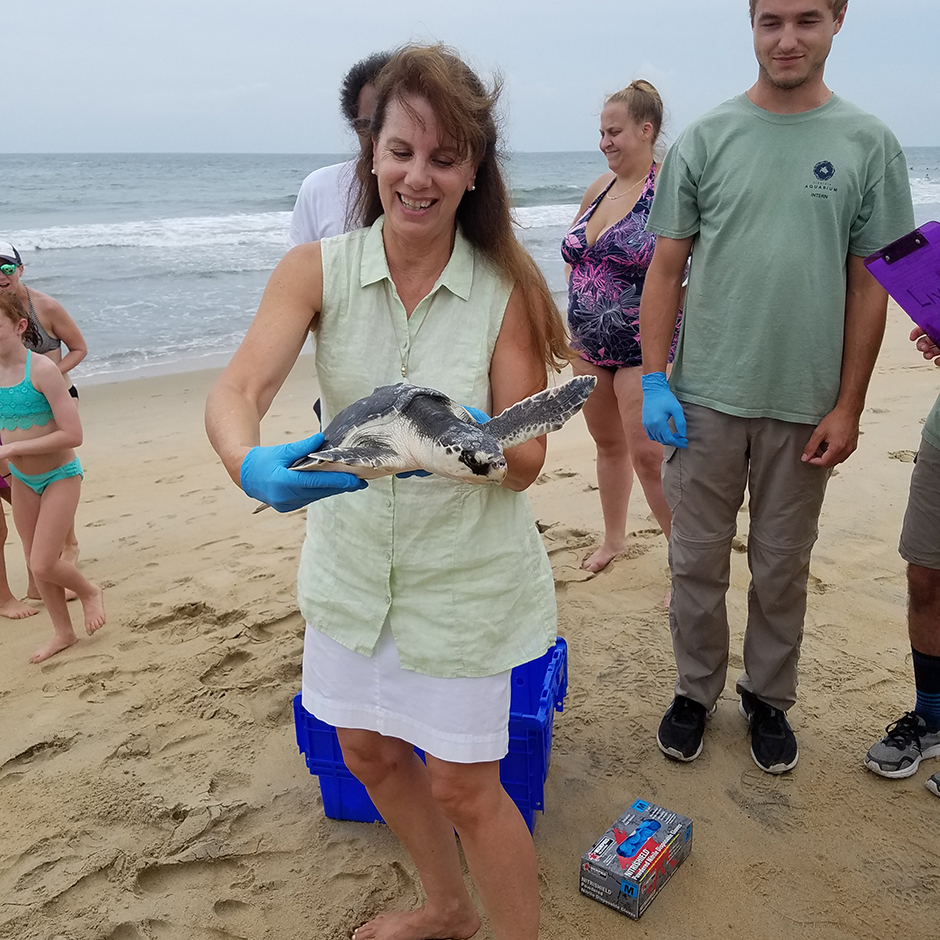As Threats Rise to Virginia’s Coast, State Works To Protect Habitats and Communities
Leader of Coastal Zone Management Program explains efforts to safeguard, restore vital ecosystems
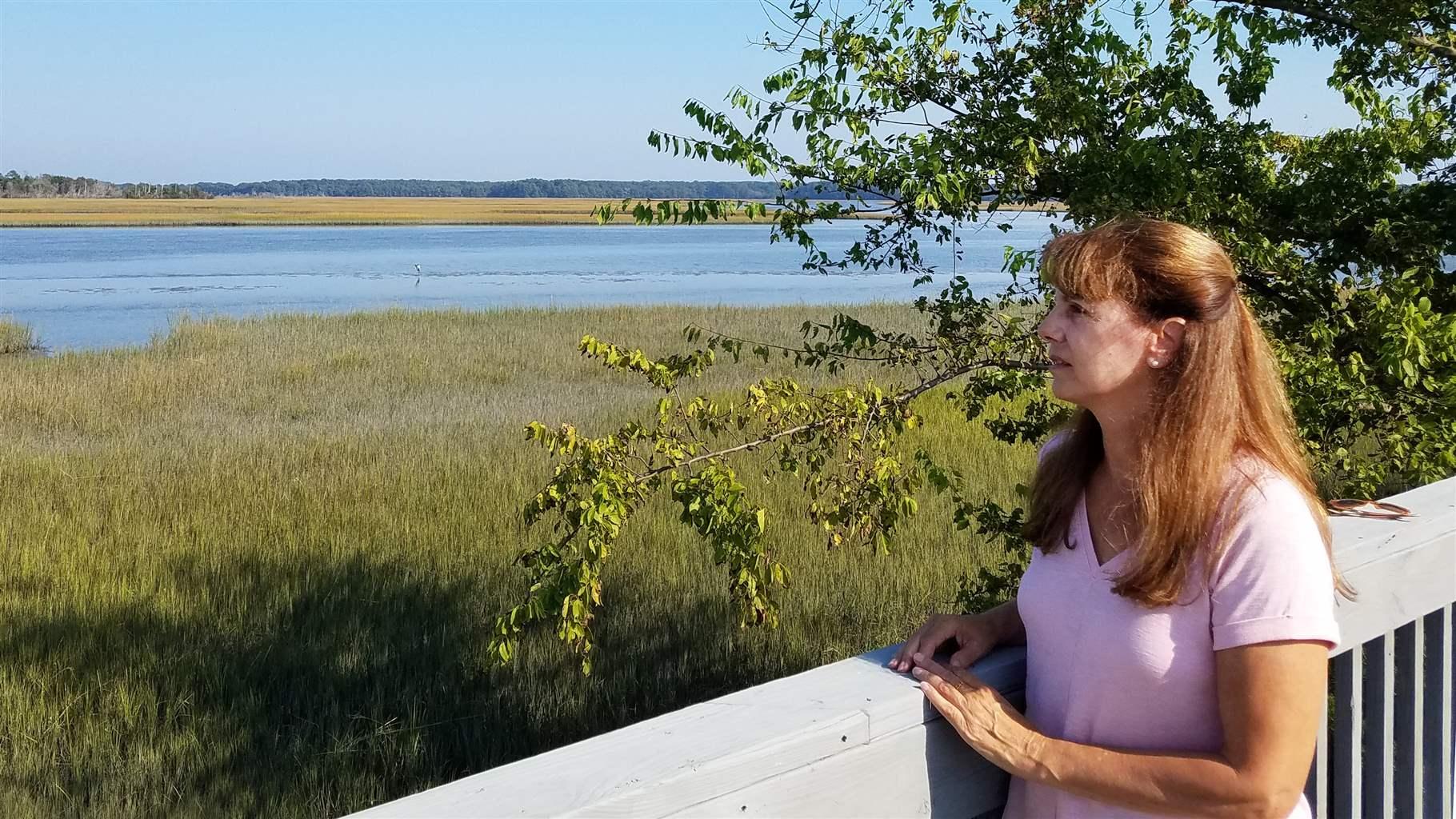
Virginia’s 7,345 miles of coastline are home to a variety of habitats, many of them critical to wildlife, coastal communities, and the state’s economy. To learn more about these areas, Pew spoke to Laura McKay, who leads Virginia’s Coastal Zone Management (CZM) Program. This interview has been edited for clarity and length.
Q: “Coastal zone management” has a bureaucratic ring to it. Tell us why people should care about this?
A: A huge portion of Americans live in coastal zones. In Virginia, it’s more than 60 percent of residents—over 5 million people—who live in our Tidewater area, and millions of others enjoy seafood from the coastal zones, or come to work and play there. So, it’s critical to our economy and quality of life that we manage our coastal and ocean resources sustainably.
Q: How does Virginia manage and protect its coastal resources?
A: The Coastal Zone Management Program brings together federal, state and local partners to address resource management and development in near-shore areas of the commonwealth out to 3 miles into the Atlantic Ocean. And while the program isn’t always visible to the public, it’s always busy. Over the past 34 years it has improved public access and boosted ecotourism in coastal communities, and helped preserve some of our state’s most vital and fragile habitats, like underwater grasses, oyster reefs, salt marshes and maritime forests.
Q: The federal Coastal Zone Management Program includes tools, such as special area management plans, that states can use to conserve their coastal habitats. Has Virginia used these tools?
A: Special area management plans, also known as SAMPs, are fantastic and we’ve used them many times. SAMPs allow us to focus on specific geographic areas where close coordination—by federal, state, and local governments, and stakeholders—is needed to protect natural resources and promote sustainable uses.
We typically develop SAMPs over a five-year cycle, but one of our longer-running SAMPs from 2002 to 2011 was in the Dragon Run, a 40-mile spring-fed waterway in Virginia’s Middle Peninsula that features cypress swamps. Dragon Run watershed communities were interested in supporting activities such as hunting and paddling. We also wanted to protect iconic species like bald eagles as well as rare ones like the prothonotary warbler. The SAMP helped us to achieve these goals, conduct research to support new policies, acquire lands for conservation, and build public support for protecting this unique place.
Q: The national Coastal Zone Management Program has formally designated “coastal hazards”—which can include severe storms, erosion and sea level rise—as a priority focus. How does protecting and restoring coastal habitats help reduce these threats, and what role does the Virginia CZM Program play in these efforts?
A: Healthy coastal habitats are critical to mitigating the damage that storms, flooding, and sea level rise do to our coasts. Virginia’s CZM Program has invested heavily over many years to help protect our communities from these hazards. For example, in 1999, we started an oyster restoration program. Oyster reefs help break up wave energy that can damage the shoreline. They also improve water quality and provide habitat, so we reap multiple benefits.
The program has also invested heavily in protecting coastal wetlands, for example, by acquiring lands to allow wetlands to move inland as sea levels rise, supporting research, and funding training—on “living shorelines.” Living shorelines incorporate features such as oyster beds and wetlands that protect properties, provide habitat and improve water quality.
Q: Virginia just began updating its coastal zone management strategies for 2021-25. Tell us about this process and what issues you expect to arise.
A: Virginia receives about $2.8 million per year from [the National Oceanic and Atmospheric Administration] to run its program. Part of the funding is for coastal zone enhancement grants. To access these funds, every five years, we must assess nine “coastal enhancement areas” and develop five-year grant strategies for the priority areas. We’ll invite public comment in late fall, and again in spring to review our draft strategy. I anticipate that high-profile issues will include “coastal hazards,” particularly since we are in the process of developing a coastal resilience plan for the state. “Ocean resources” may also remain high on our list given the impending installation of a wind farm off Virginia Beach and the need to manage the myriad ocean resources and uses.
Q: As someone with over three decades of experience working in coastal resource management, what lessons have you learned that may benefit other state managers and the public?
A: The most important lesson I’ve learned is to be patient but persistent, and to never give up on protecting coastal resources and promoting sustainable uses as political climates change. Our Seaside Heritage program is a good example. We started working on the Seaside of Virginia’s Eastern Shore in 2002, bringing back eelgrass beds that previously supported a local bay scallop industry. Working with the Virginia Institute of Marine Science, we’ve continuously funded eelgrass restoration work for 17 years. The result is that we’ve gone from zero acres in 2002 to over 9,000 acres today, providing sufficient habitat to enable us to reintroduce bay scallops. This might be the most successful eelgrass restoration project in the world.
The success of the Virginia CZM program didn’t happen overnight. Year-to-year funding is limited, but 30 years of funding and support from the national CZM program add up. So, by working year after year, the continuity of the program has made a lasting, significant impact. And, for me, that’s been a career dream come true.
Joseph Gordon directs The Pew Charitable Trusts’ campaigns to protect marine life on the U.S. East Coast. Zack Greenberg coordinates Pew’s outreach and policy efforts in this region.


America’s Overdose Crisis
Sign up for our five-email course explaining the overdose crisis in America, the state of treatment access, and ways to improve care
Sign up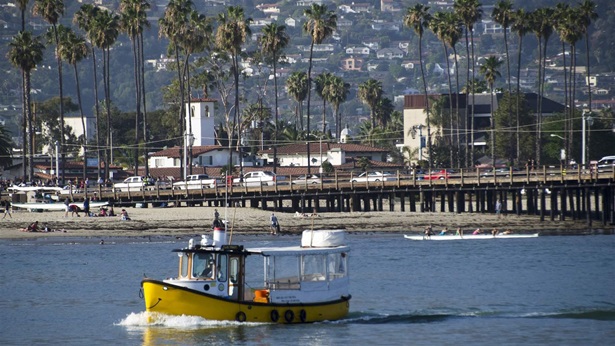
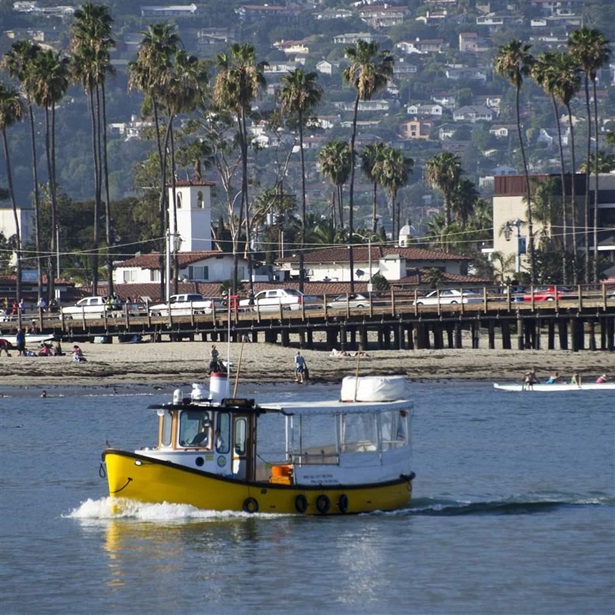
Along America’s Coasts, Little-Known Law Has Potential for Big Impact
